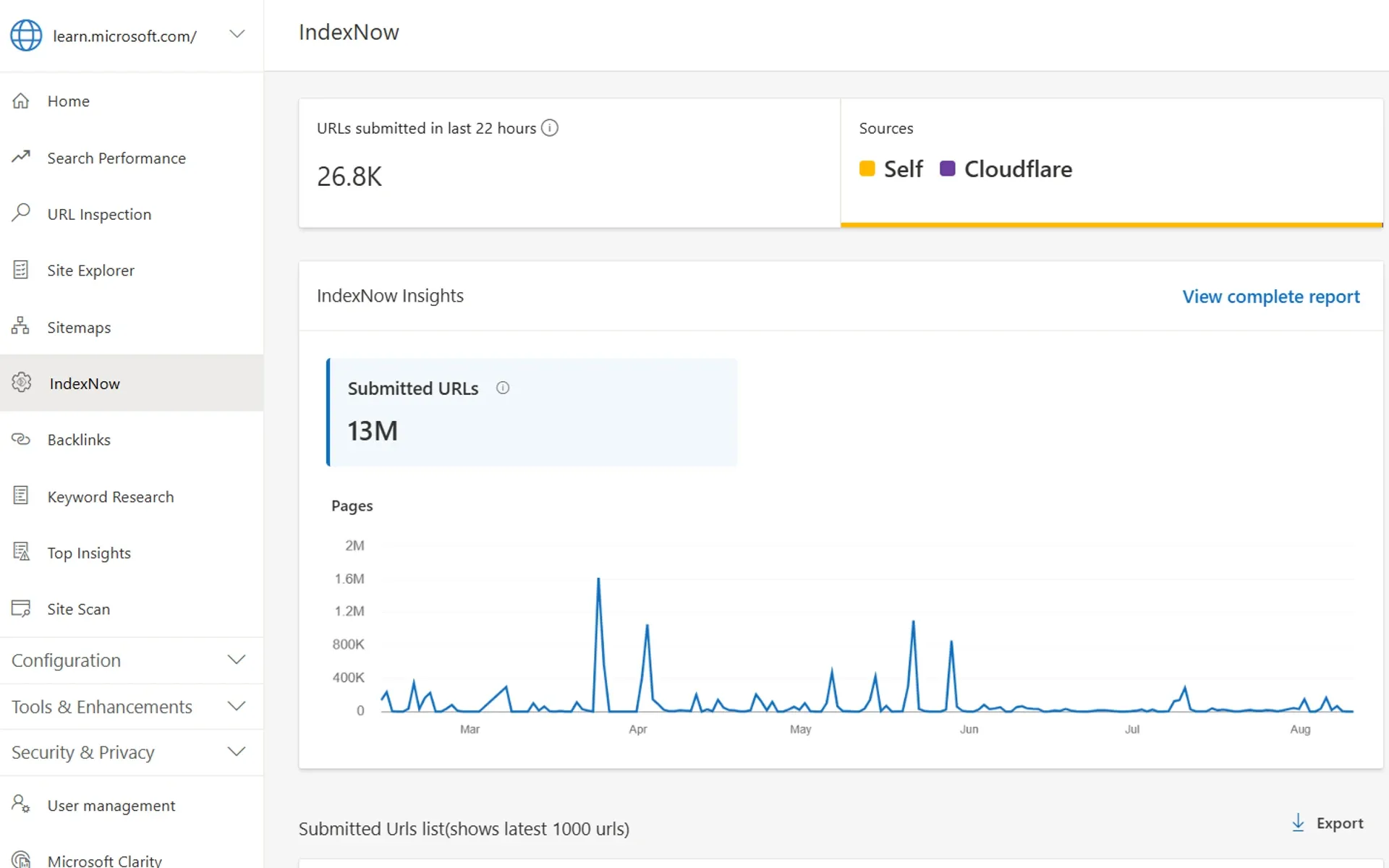Bing Webmaster Tools vs Google Search Console: Key Differences Unveiled
Microsoft's Fabrice Canel compares Bing Webmaster Tools and Google Search Console, highlighting unique features and functionalities.

Fabrice Canel, Principal Product Manager at Microsoft's Bing, today released a comprehensive comparison between Bing Webmaster Tools (BWT) and Google Search Console (GSC). The article, published on the official Bing Webmaster Blog, provides an in-depth analysis of how these two vital SEO tools stack up against each other in terms of user interface, features, and functionality. This comparison comes at a crucial time when website owners and SEO professionals are constantly seeking the most effective tools to enhance their online visibility and performance.
According to Canel, both BWT and GSC offer unique advantages that can significantly impact SEO strategies. While GSC has long been a favorite among SEO professionals, BWT has been making strides with its user-friendly interface and innovative features. Canel emphasizes that BWT's modern experience is shaped by user feedback, offering easy access to essential features like performance reports, site diagnostics, and keyword research.
One of the standout features of BWT, as highlighted by Canel, is IndexNow. This feature represents a significant innovation in how websites interact with search engines. IndexNow is a free, open-source protocol that allows webmasters to proactively notify search engines of their added, updated, or deleted URL content. This feature is particularly noteworthy as it shifts the power of the web back into the hands of content creators, providing them with a direct line for their content into search engines.
Another unique feature of BWT is the Site Explorer. This tool provides a comprehensive view of a website's structure while also offering detailed analytics on clicks, impressions, backlink counts, and more. Canel points out that the advanced filtering features in Site Explorer provide webmasters with access to granular analysis and optimization, making it easier to identify high and low-performing pages, fix crawling issues, and optimize internal linking strategies.
BWT's "Backlinks for any sites" tool is another feature that sets it apart from GSC. This tool not only provides insight into a website's backlink profile but also allows users to see backlinks for other sites. This functionality can be particularly useful for understanding competitors' link-building strategies and identifying potential opportunities for one's own site.
When it comes to search performance data, both BWT and GSC provide insights into how websites perform in search results. They share several similarities, including metrics for clicks, impressions, average click-through rate (CTR), and average position. However, Canel notes that BWT includes data from various sources such as web search, chat/copilot responses, news, images, videos, and knowledge panels, providing a broader view of a site's performance across different Bing services.
In terms of URL inspection, both tools offer features that help webmasters understand how search engines perceive their pages and identify any issues that might affect crawling, indexing, or ranking. BWT distinguishes itself by providing detailed SEO error reports based on best practices, offering specific steps to fix them. It also helps users see if their chosen structured markup language is implemented correctly for Bing to read and understand.
Canel also discusses the sitemaps feature in both tools. BWT and GSC allow webmasters to submit sitemaps to help search engines discover and index their website's pages more efficiently. Both tools support various sitemap formats, including XML, RSS, and Atom, and provide detailed reports on the status and errors related to submitted sitemaps.
The article concludes with a discussion on the Top Insights/Search Console Recommendations feature. Both BWT and GSC provide personalized and actionable suggestions to help webmasters optimize their websites for better search performance. They highlight key areas for improvement such as content quality, backlinks, crawl status, and overall site performance to identify the best areas to focus efforts for the greatest impact.
Canel's comparison provides valuable insights for SEO professionals and website owners who are looking to maximize their online visibility. While GSC has been a long-standing favorite in the SEO community, BWT's innovative features and user-friendly interface make it a strong contender in the field of SEO tools.
It's important to note that this comparison comes from a Microsoft employee, which could potentially introduce some bias towards BWT. However, Canel's detailed analysis of both tools' strengths and unique features provides a balanced view that can help SEO professionals make informed decisions about which tools to use in their strategies.
The release of this comparison is timely, given the increasing importance of SEO in the digital landscape. As businesses and individuals continue to compete for online visibility, having access to effective SEO tools becomes crucial. By understanding the strengths and unique features of both BWT and GSC, SEO professionals can leverage these tools more effectively to improve their websites' performance in search results.
Key facts
IndexNow is a unique feature of BWT that allows proactive notification of content changes to search engines.
BWT's Site Explorer offers advanced filtering features for granular analysis and optimization.
The "Backlinks for any sites" tool in BWT allows users to view backlinks for other sites, not just their own.
BWT includes data from various Bing services, providing a broader view of site performance.
Both BWT and GSC offer URL inspection tools, but BWT provides more detailed SEO error reports.
Both tools support various sitemap formats and provide detailed reports on sitemap status and errors.
BWT and GSC both offer personalized recommendations for website optimization.

